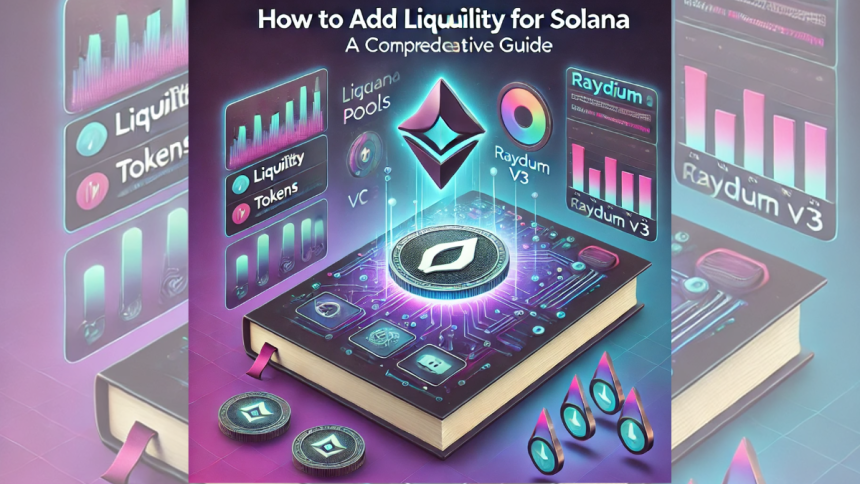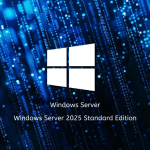Congratulations, you have created your Solana Token, what next? Adding liquidity to Solana tokens is a crucial next step for token developers and traders alike. This guide will walk you through the process, focusing on major decentralized exchanges (DEXs) in the Solana ecosystem, with special attention to Raydium, which is the most popular DEX on solana.
Understanding Liquidity on Solana
Liquidity refers to how easily a token can be bought or sold without significantly impacting its price. High liquidity ensures smooth trading experiences and price stability, while low liquidity can lead to volatile price movements and poor user experience.
Major Solana DEXs for Adding Liquidity
Raydium
Raydium’s V3 update has revolutionized the liquidity provision process. The platform has significantly reduced costs from 2-3 SOL to approximately 0.2 SOL and simplified the entire procedure by removing the requirement for OpenBook market IDs.
Orca
Known for its user-friendly interface and innovative “Whirlpool” feature, Orca offers concentrated liquidity positions that maximize capital efficiency. The platform is particularly suitable for beginners due to its straightforward design.
Meteor
As another significant player in the Solana DEX space, Meteor provides additional options for liquidity providers looking to diversify their positions across different platforms.
Adding Liquidity on Raydium: Step-by-Step Process
- Navigate to Raydium’s platform and connect your Solana wallet
- Access the ‘Liquidity’ section
- Click the ‘Create’ button to initiate pool creation
- Set your base and quote tokens
- Define initial liquidity amounts
- Choose a pool start time
- Review details and pay the creation fee
- Initialize the liquidity pool
Important Considerations and Warnings
Misleading Information About Order Books
Some token launchers still incorrectly reference order books in their documentation or marketing materials. With Raydium V3, order books are no longer required for liquidity pool creation. Be wary of outdated information that might cause confusion. Always use a trusted and ethical creator like Solana Token Creator by Solr Network which provides the right information on their blog.
Risk Factors
- Impermanent Loss: When providing liquidity, be aware that price changes between paired tokens can result in losses
- Market Volatility: Crypto markets can be highly volatile, affecting your liquidity position
- Smart Contract Risk: Always verify pool addresses and use official platform interfaces
Benefits of Raydium for Liquidity Providers
- Reduced Costs: Significantly lower fees for pool creation
- Simplified Process: No need for OpenBook market IDs
- Better Management Tools: Enhanced features for monitoring and adjusting liquidity positions
- Fee Revenue: Earn from trading fees proportional to your liquidity contribution
Best Practices for Liquidity Providers
- Start with smaller amounts to test the process
- Monitor your positions regularly
- Understand the relationship between your paired tokens
- Keep track of your earned fees and rewards
- Stay informed about platform updates and changes
Alternative Options
While Raydium offers significant advantages, consider diversifying your liquidity across multiple platforms to minimize risk and maximize potential returns. Each platform has unique features and benefits that might suit different strategies or token pairs.
Final Thoughts
The Solana ecosystem continues to evolve, with platforms like Raydium leading the way in simplifying and optimizing liquidity provision. While the process has become more straightforward and cost-effective, it’s crucial to understand the risks and responsibilities involved. Stay informed about platform updates and always verify information, especially regarding outdated requirements like order books.
Remember that providing liquidity is a significant commitment that requires active management and monitoring. Choose your platform and strategy based on your specific needs, technical expertise, and risk tolerance.
Lynn Martelli is an editor at Readability. She received her MFA in Creative Writing from Antioch University and has worked as an editor for over 10 years. Lynn has edited a wide variety of books, including fiction, non-fiction, memoirs, and more. In her free time, Lynn enjoys reading, writing, and spending time with her family and friends.















